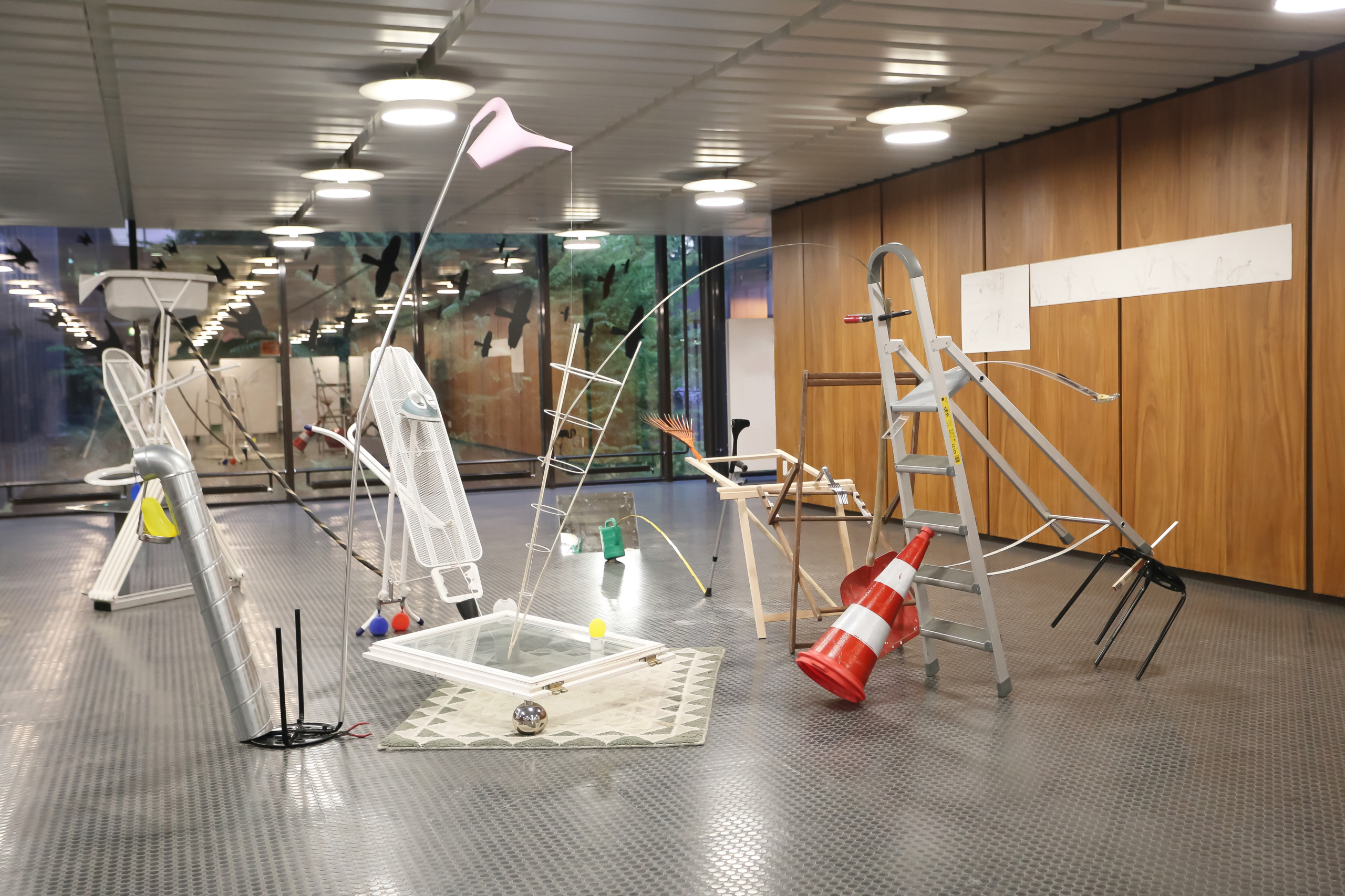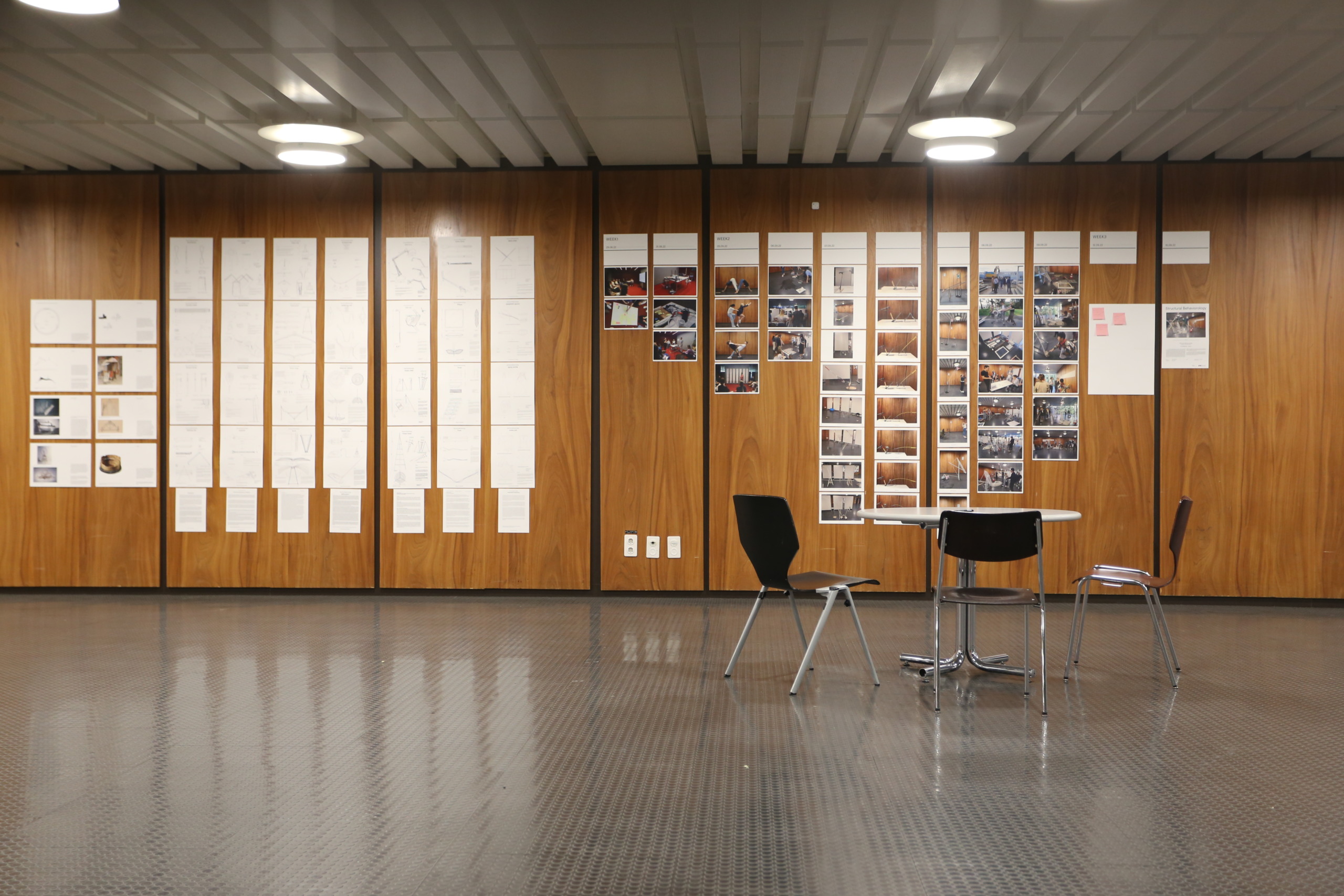Structural Behaviorology Summer Workshop
The exhibition of the Structural Behaviorology Summer Workshop was held from the 12th to the 16th of August 2022 and we had the final review on the 16th of August,
with Prof. Joseph Schwartz (Chair of Structural Design) and Cara Rachele (Chair of the History and Theory of Architecture)
The exhibition
“Am schönsten ist das Gleichgewicht, kurz bevor’s zusammenbricht.”
—Peter Fischli and David Weiss. Stiller Nachmittag. Basel: Kunsthalle, 1985.
Behaviorology can be applied not only to human beings but also to natural elements and buildings.
Structural Behaviorology is based on the assumption that structure fundamentally shapes the behavior of the body and space rather than merely serving as a load-bearer. It aims to reshape our understanding of force, gravity, and equilibrium by reintroducing our bodily experiences into structural thinking. Therefore, this workshop starts with reexamining daily objects. We observe, analyze, and collect those unspectacular of everyday life, not only household utensils, electrical appliances, and furniture in the domestic setting, but also the double meter, ladder, and shovel from our working environment. These items are delivered to this corridor that we often pass by quickly without noticing. In dialogue with the existing structure, we attempt to build an installation that activates the space by redirecting the flow of air, sight, body, and emotion.
The method of construction is mainly trial and error. We gradually translate the structural concepts found on individual objects and small-scale combinations into larger scales. In this iterative process, we simulate the equilibrium of everyday objects with body postures while testing different combinations to direct and carry the forces felt in our body by holding, pushing, or pulling. In addition, hand-drawing and graphic statics are used as primary analytical tools. On the one hand, the relationship between form and force is immediately perceived through the moving eye and hand in the process of hand-drawing. On the other hand, it is further abstracted and elaborated through graphic statics, a geometry-based graphical method.
In this workshop, we were given a rare opportunity to use some of the components of the white pavilions being dismantled, such as pipe, water sink, and window. By weaving them into a completely different constellation, subverting their structural and functional character, we attempt to give them new relevance and vitality.
The uniqueness of this workshop lies in the way we simultaneously observe, analyze, and construct two modes of equilibrium: the physical and the psychological. In other words, if a diagram of graphical statics can be closed, or if a stack of everyday objects can be prevented from collapsing during exploration, we will have achieved physical equilibrium. But we are also concerned with psychological equilibrium: do these objects seem stable, or are they in danger of collapsing? Furthermore, what are the messages they are delivering? Do they invite us to interact in certain ways while prohibiting another? Do they still remind us of their social and cultural functions while creating another? Our goal is to become choreographers of sights, bodies, winds, memories, and meanings, stabilizing structures while revealing and even shouting out their hidden tensions.
By constructing multiple equilibria, we can realize the motto of Structural Behaviorology: to structure feeling and to feel structure.
Chair of Architectural Behaviorology(*1),IEA
Chair of the History and Theory of Architecture(*2), gta
Chair of Structural Design(*3), ITA
Prof. Maarten Delbeke*2
Prof. Momoyo Kaijima*1
Prof. Joseph Schwartz*3
Assistants:
Tazuru Harada*1
Shuaizhong Wang*3
Yue Zhao*2
Final review
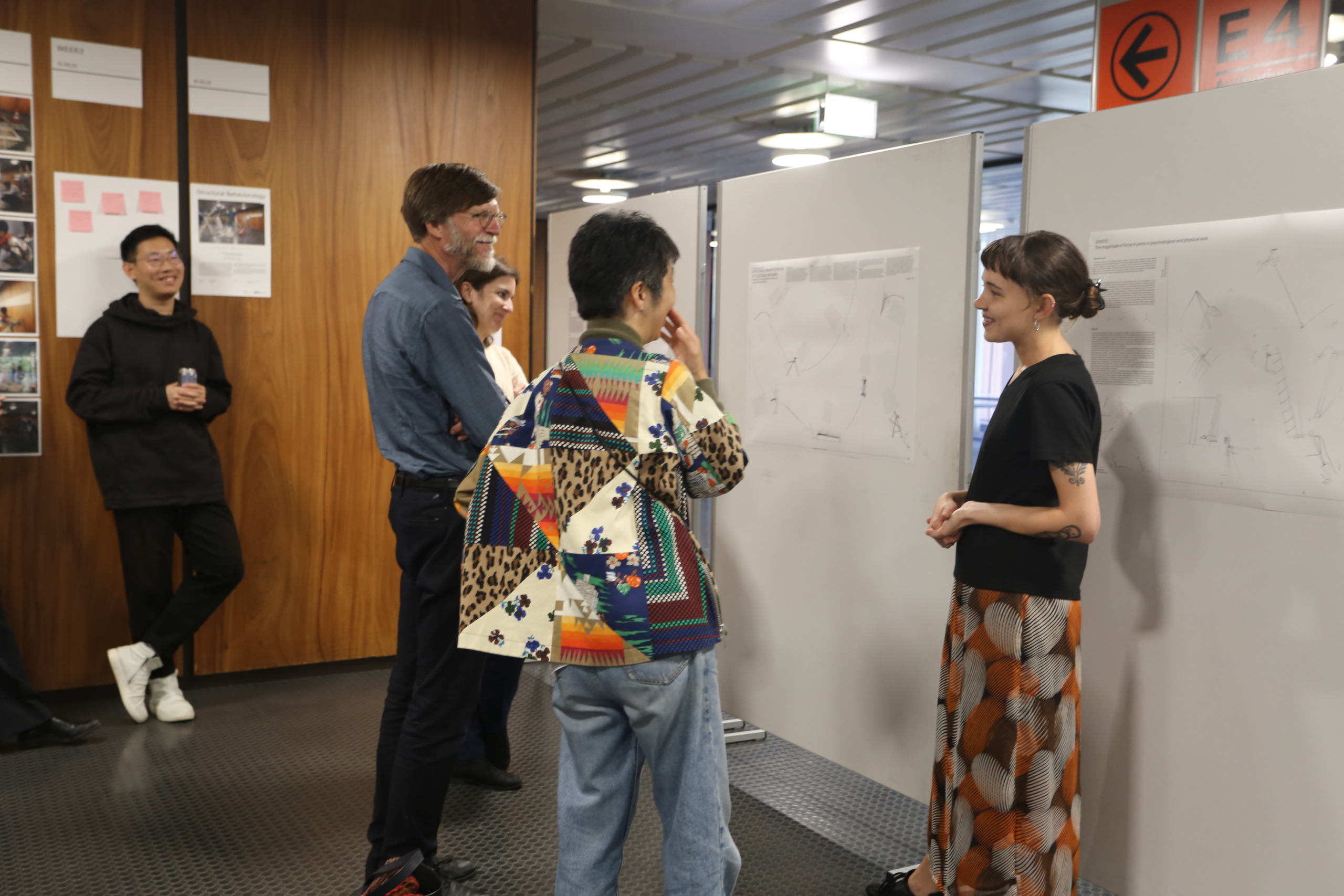

1st week
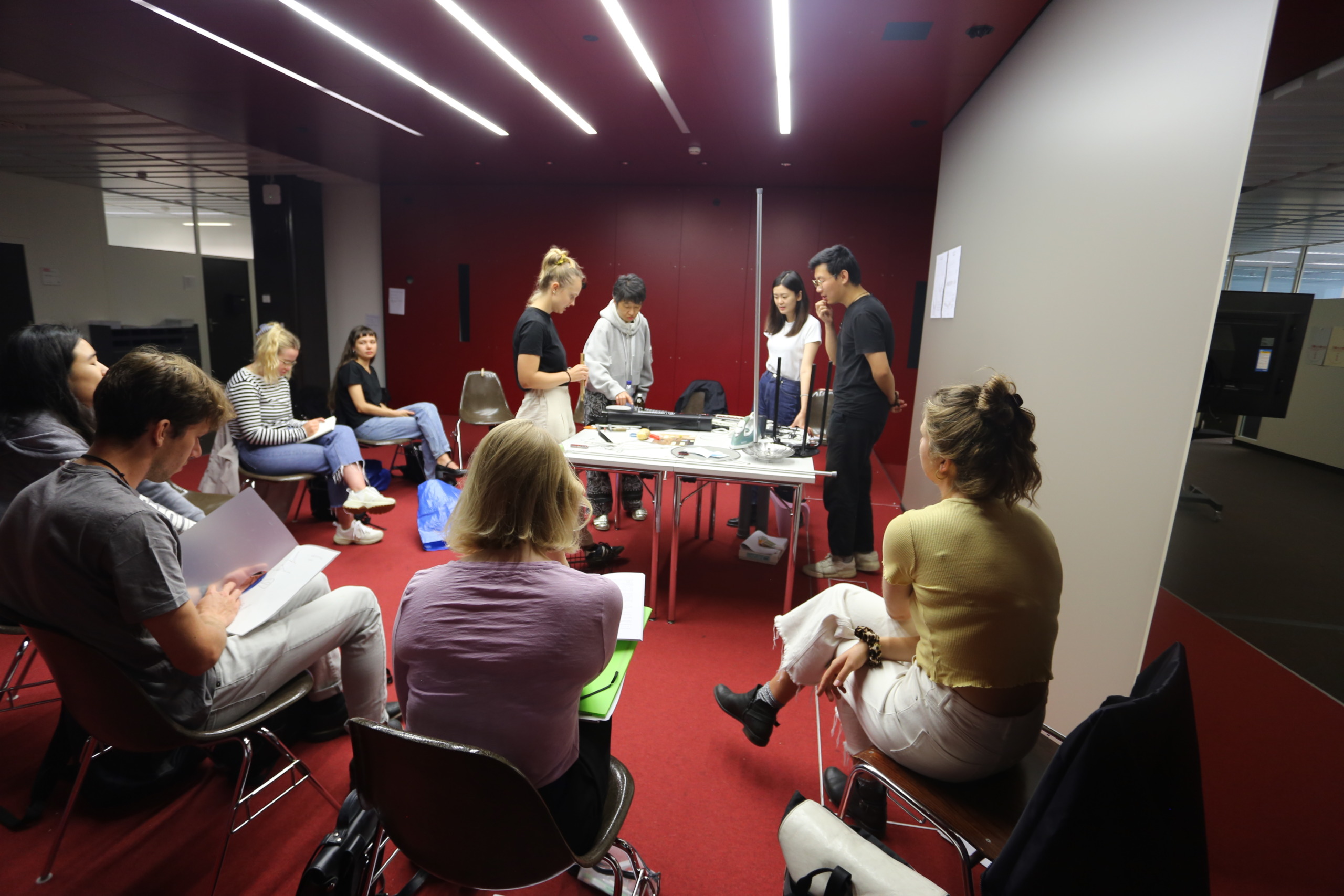
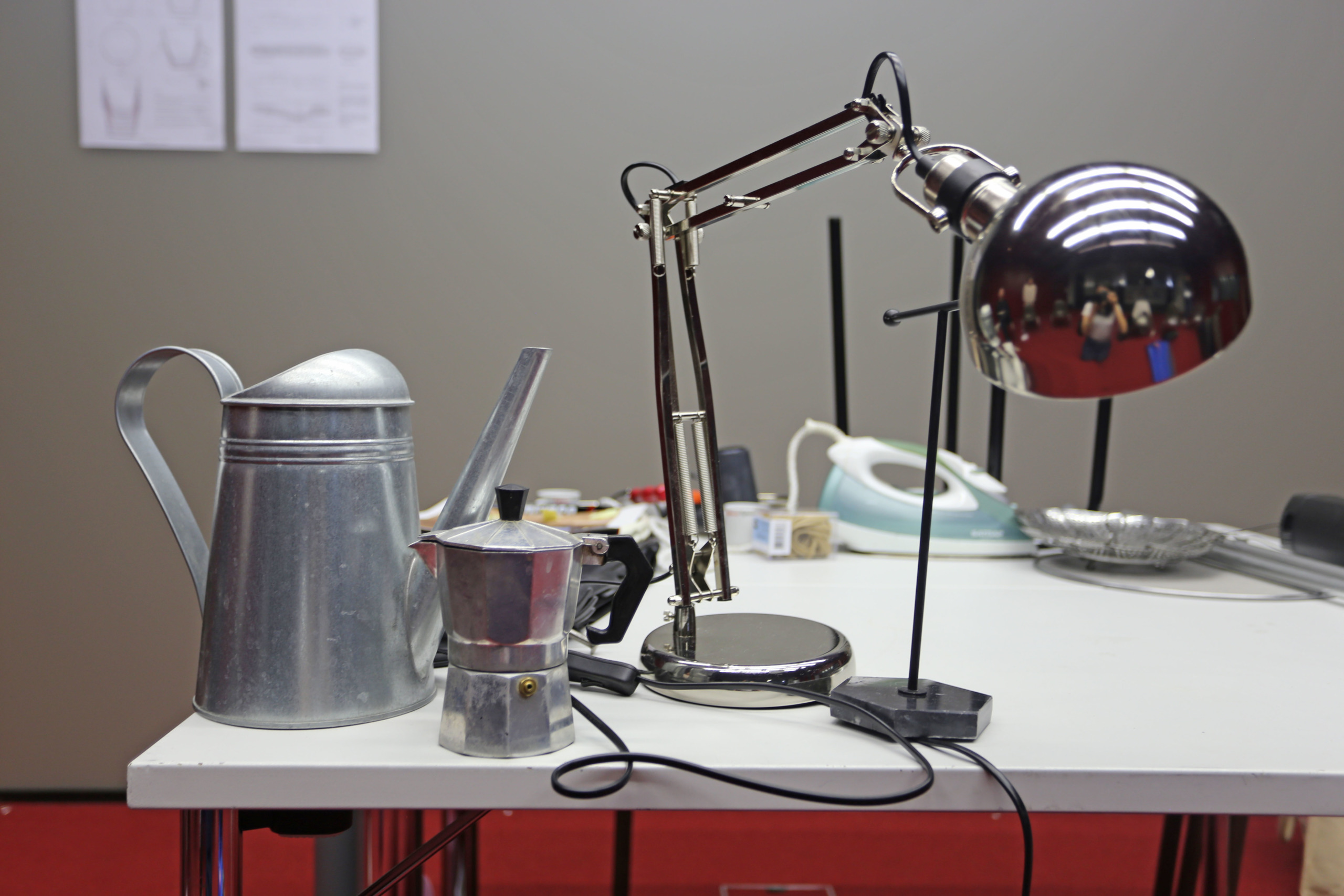
2nd week
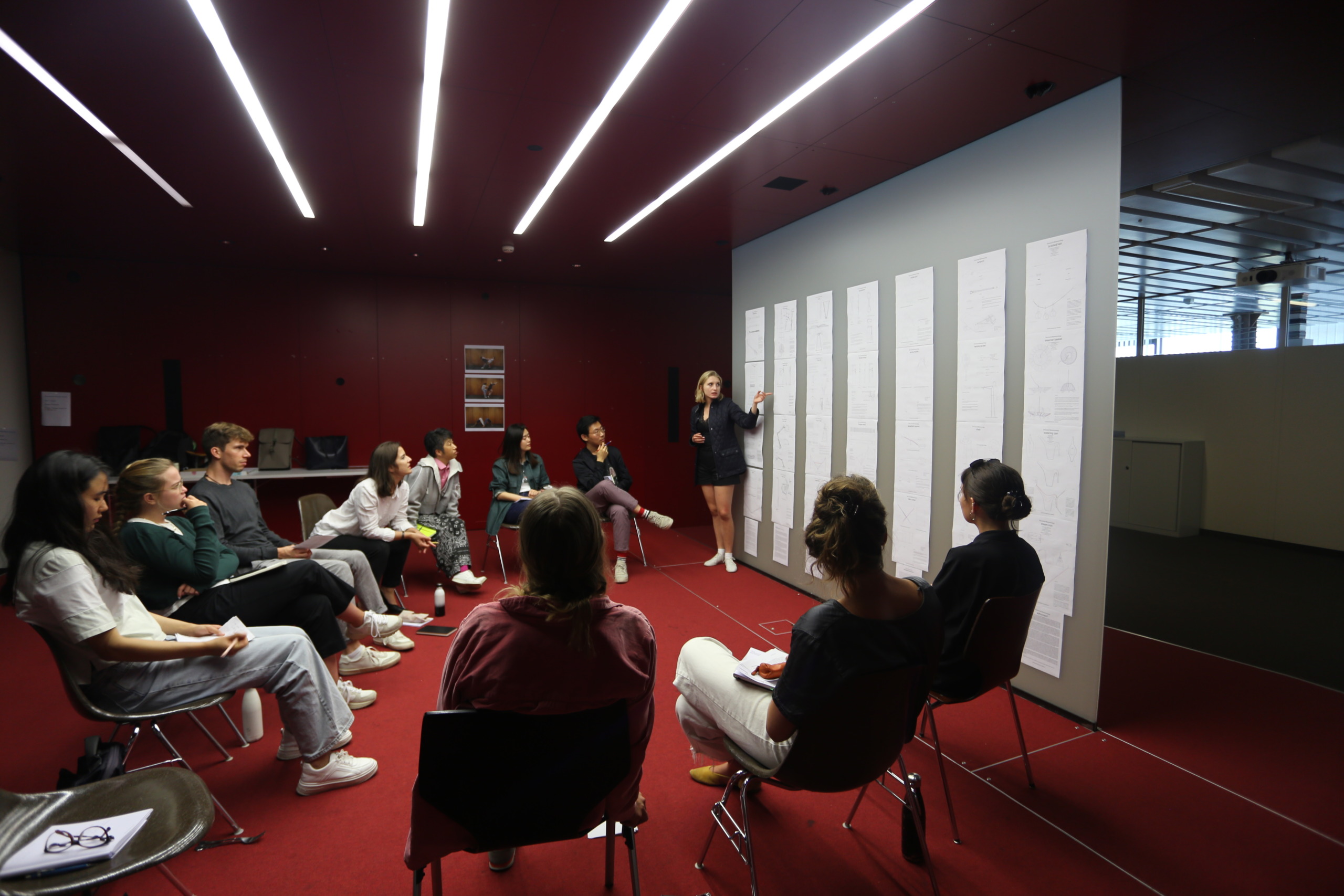
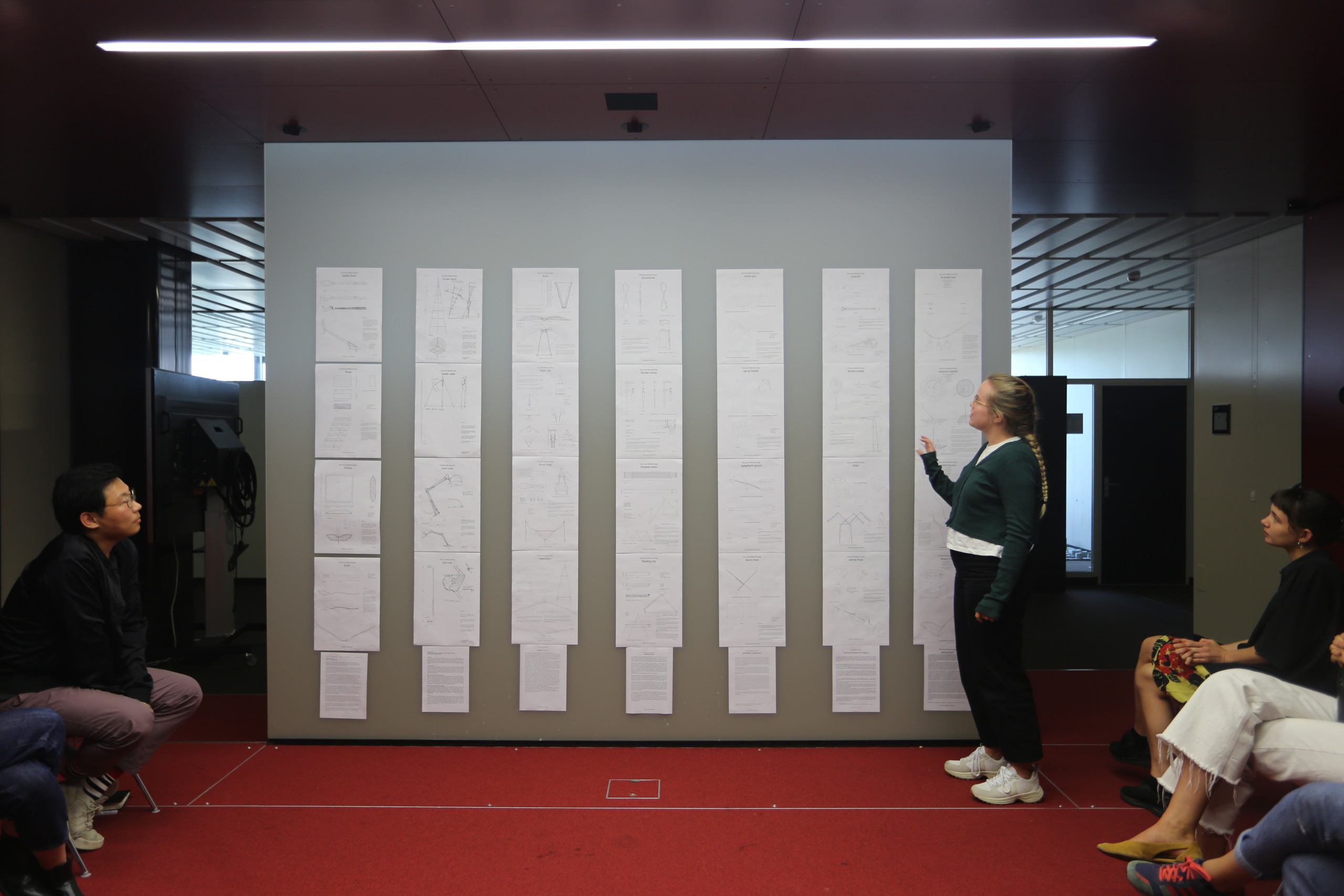
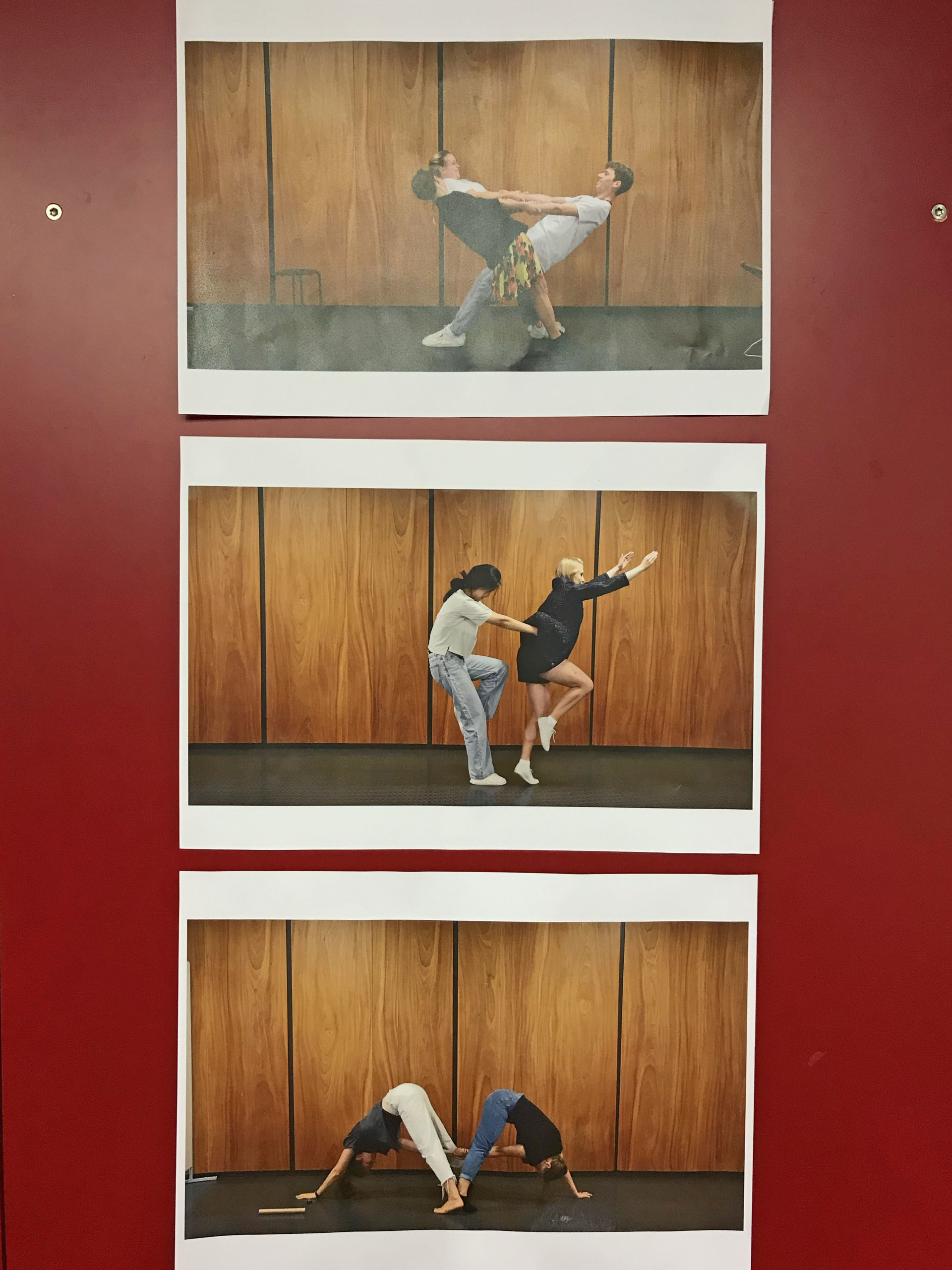
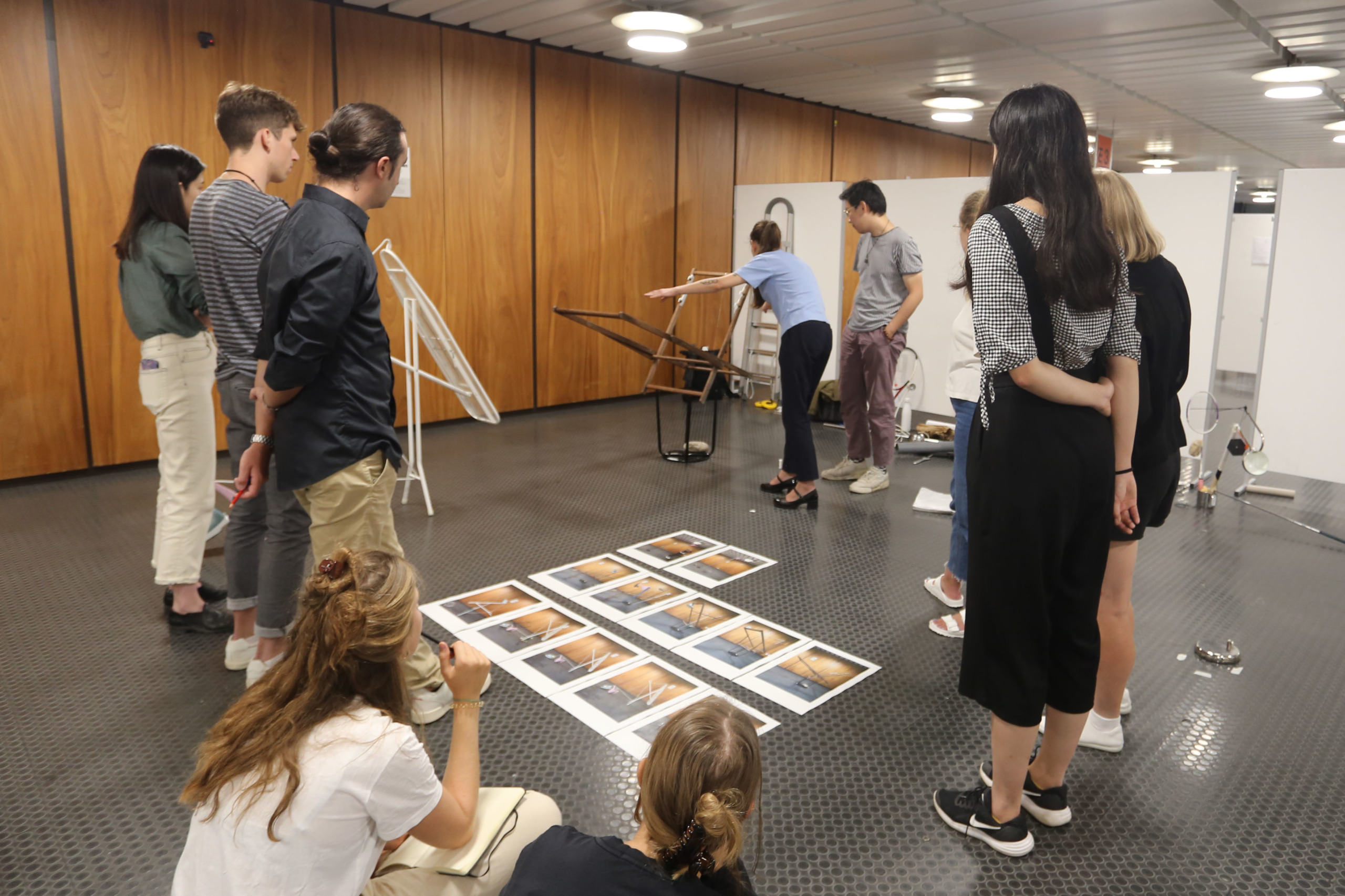
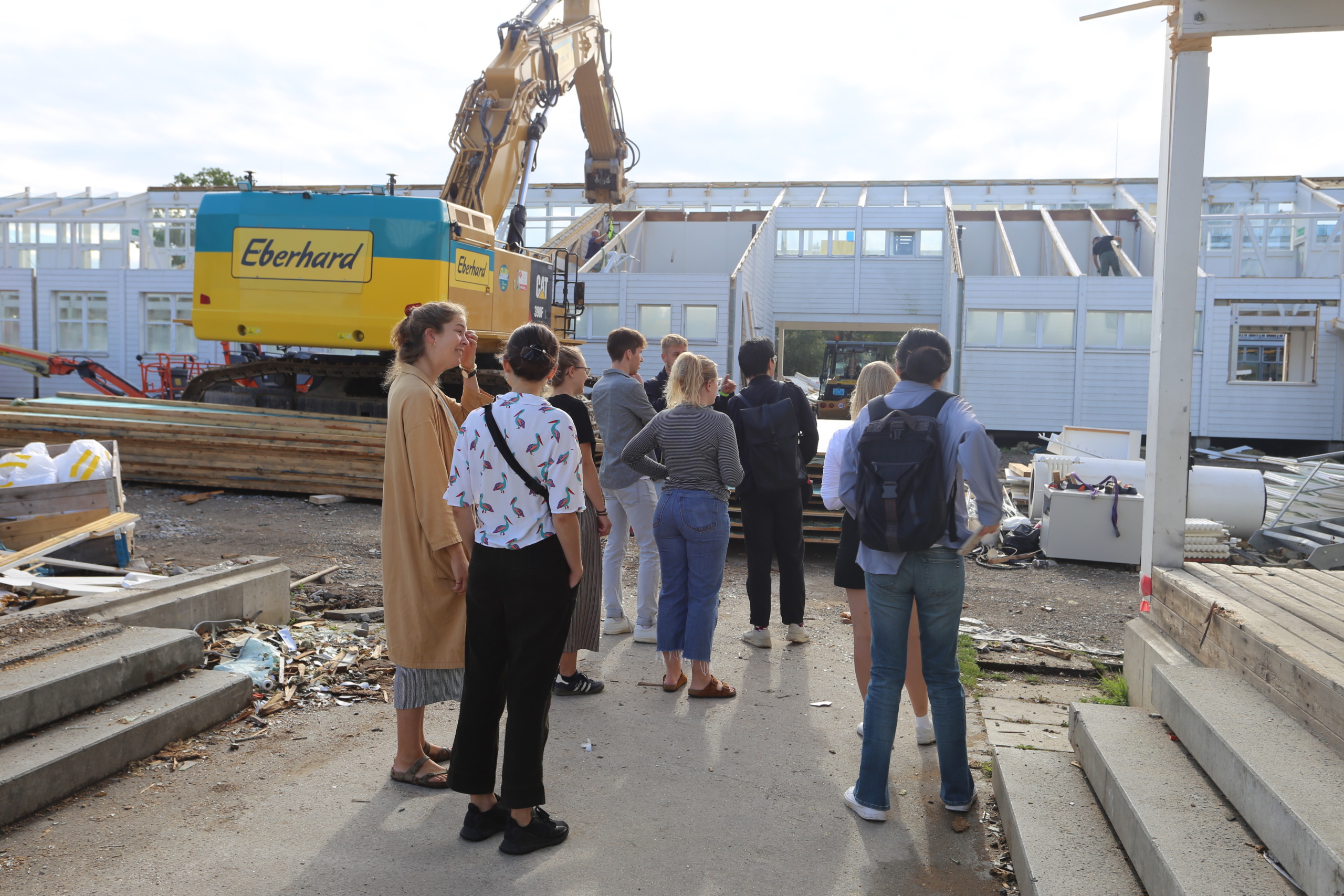
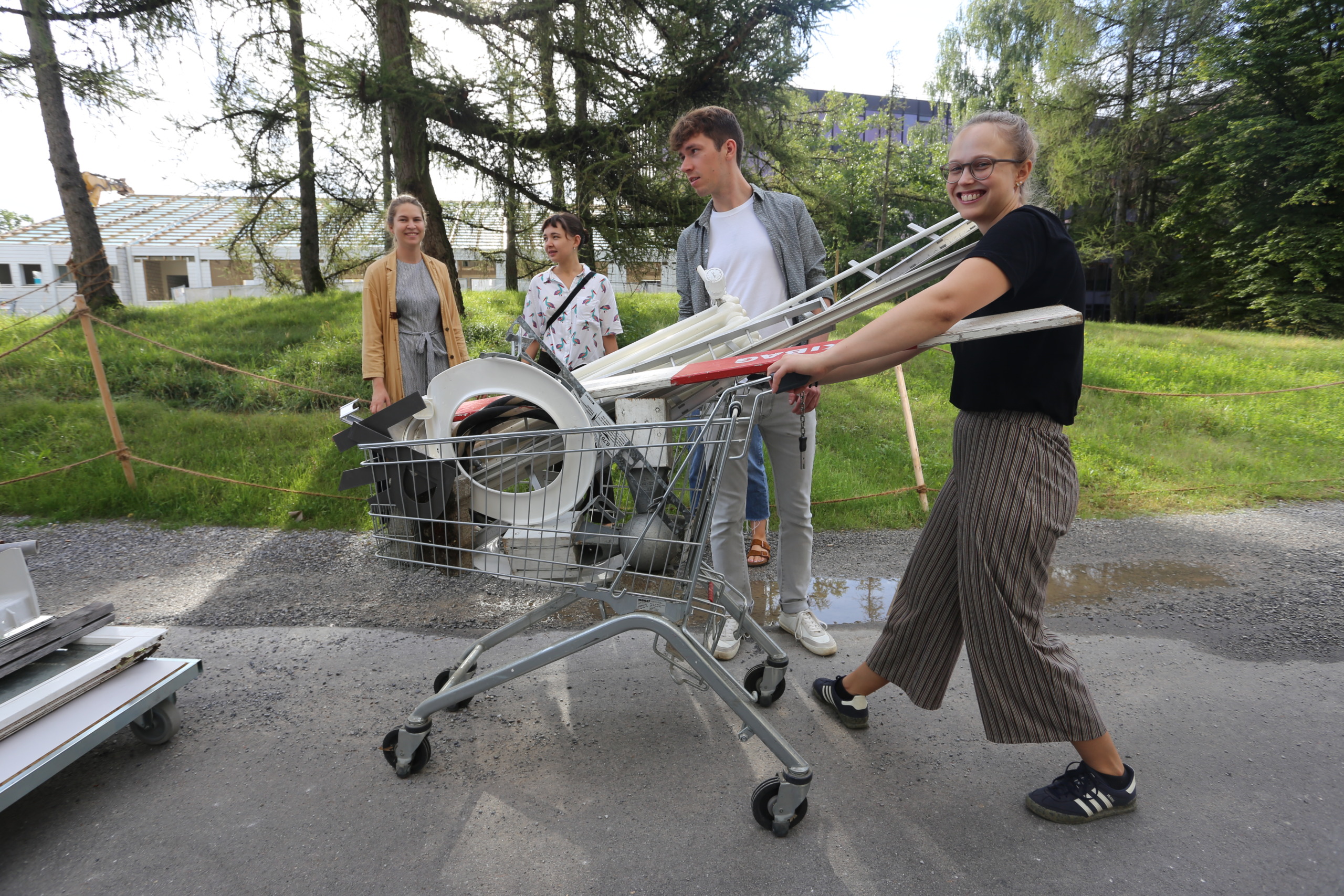
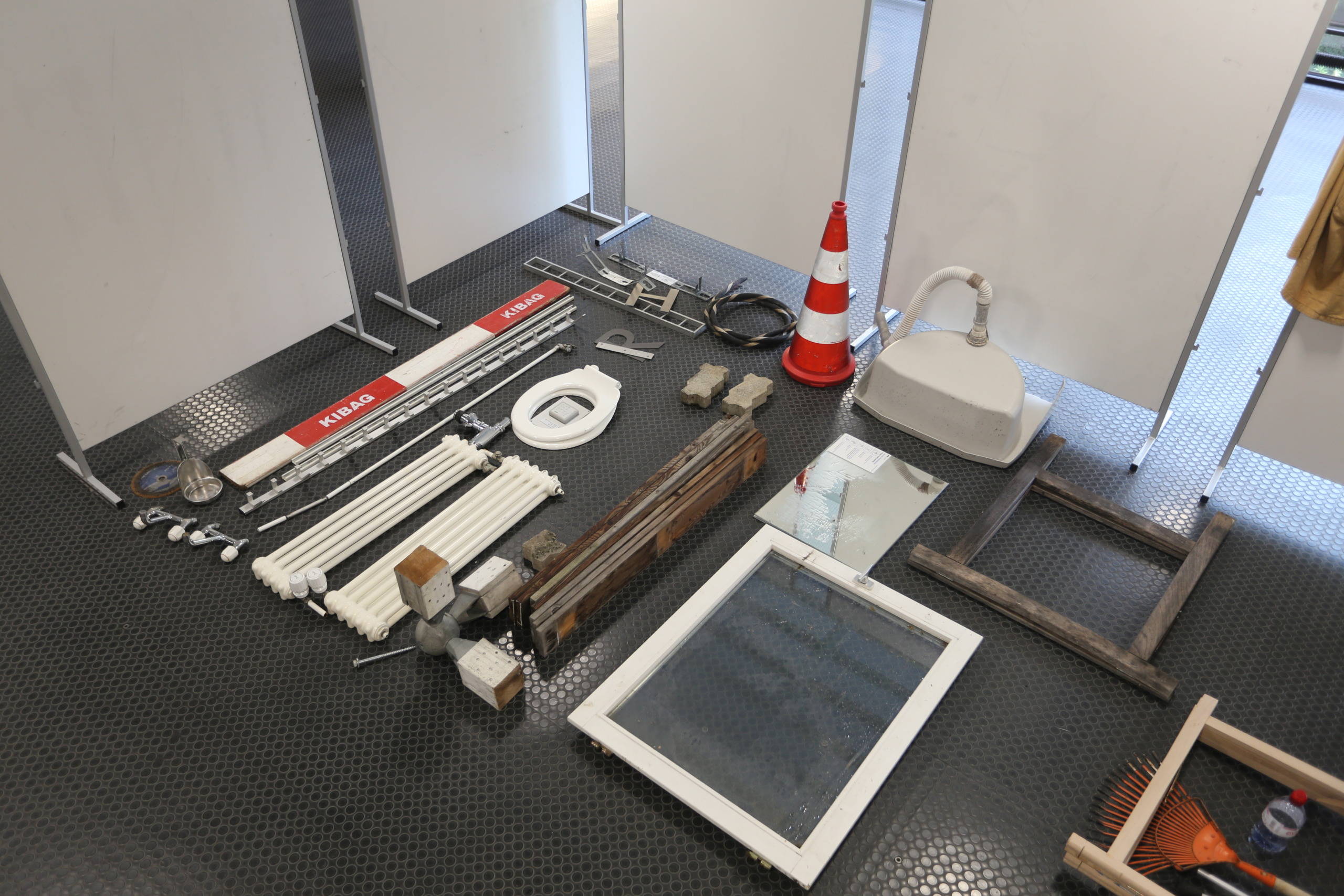
Final day of the 2nd week
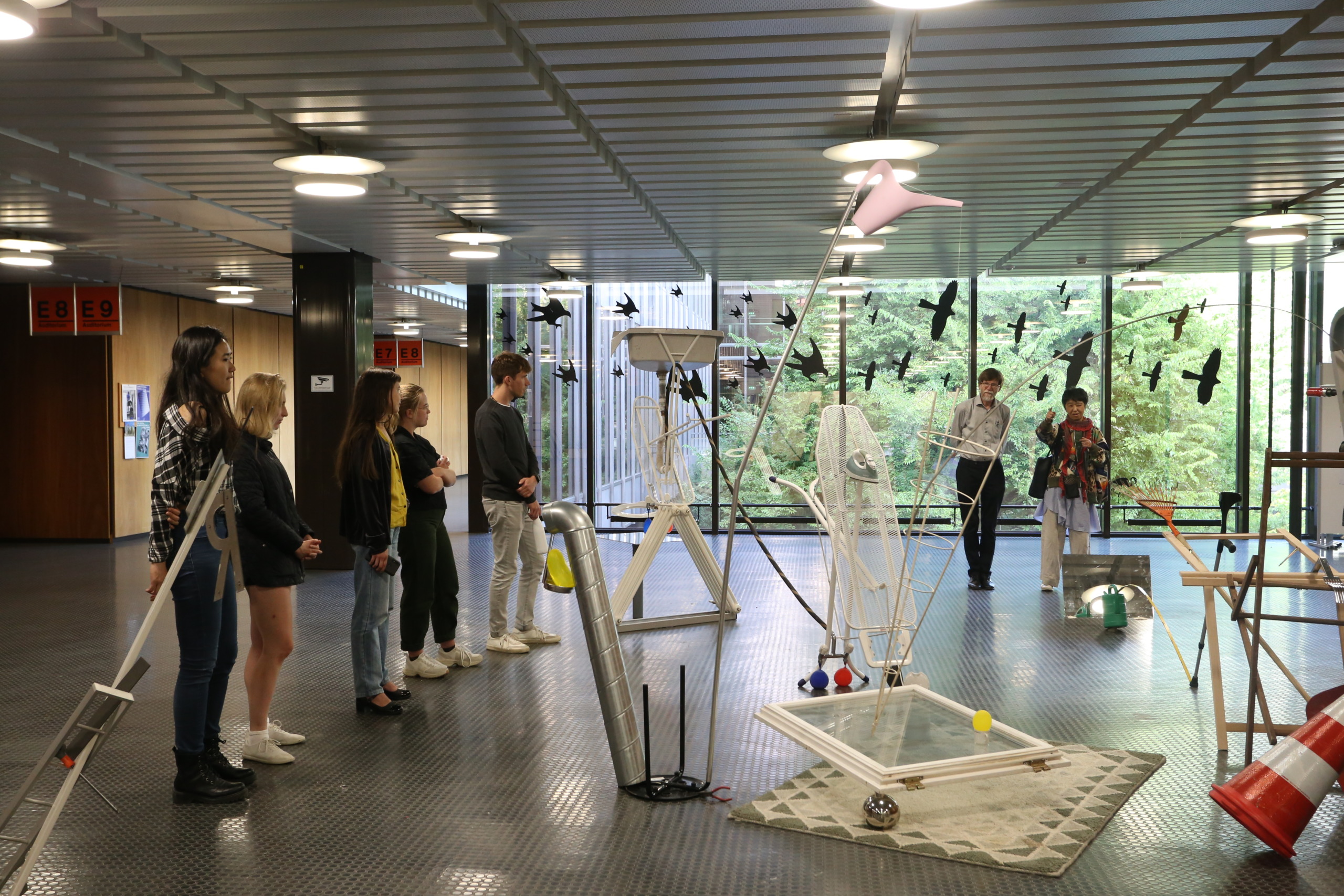
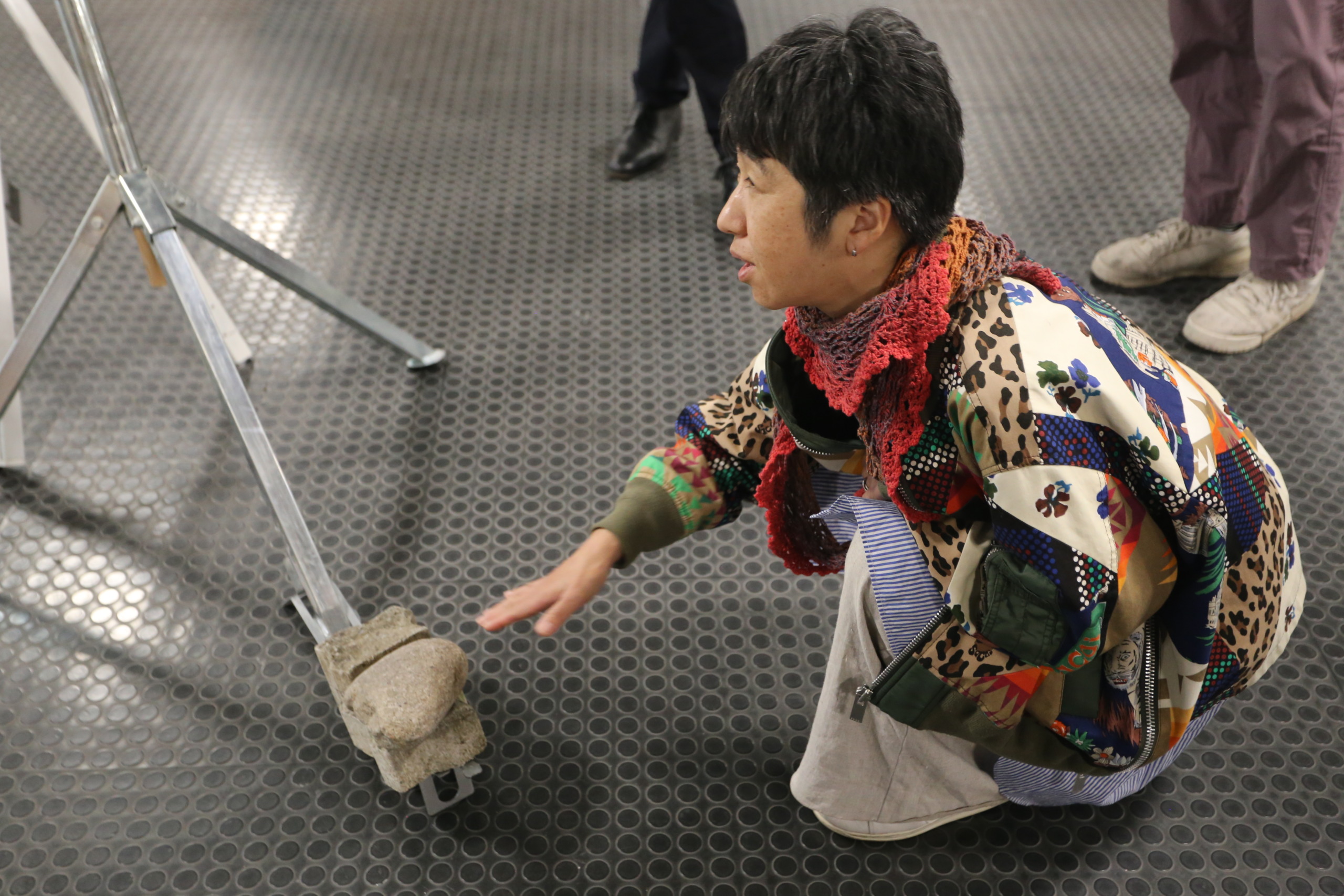
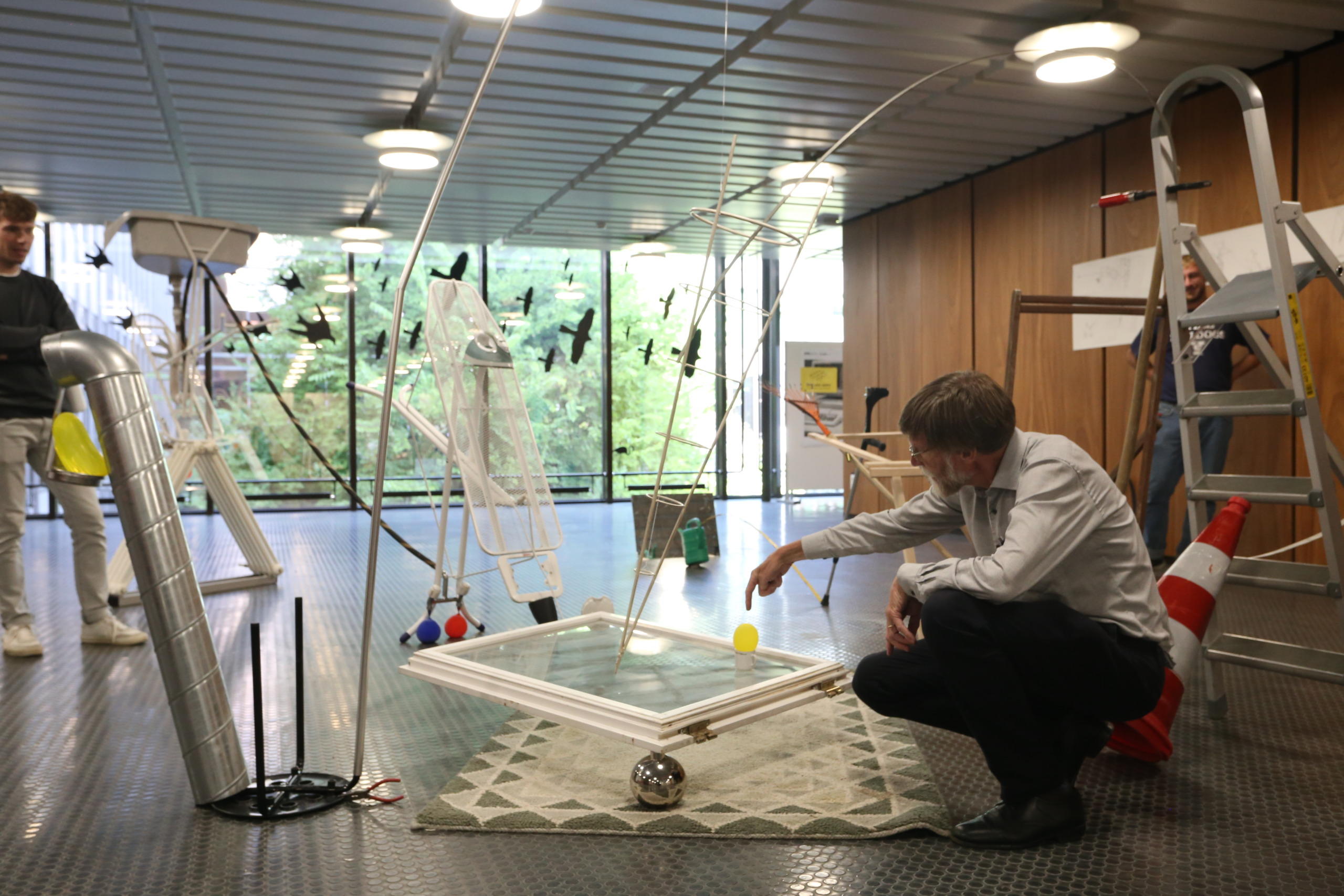
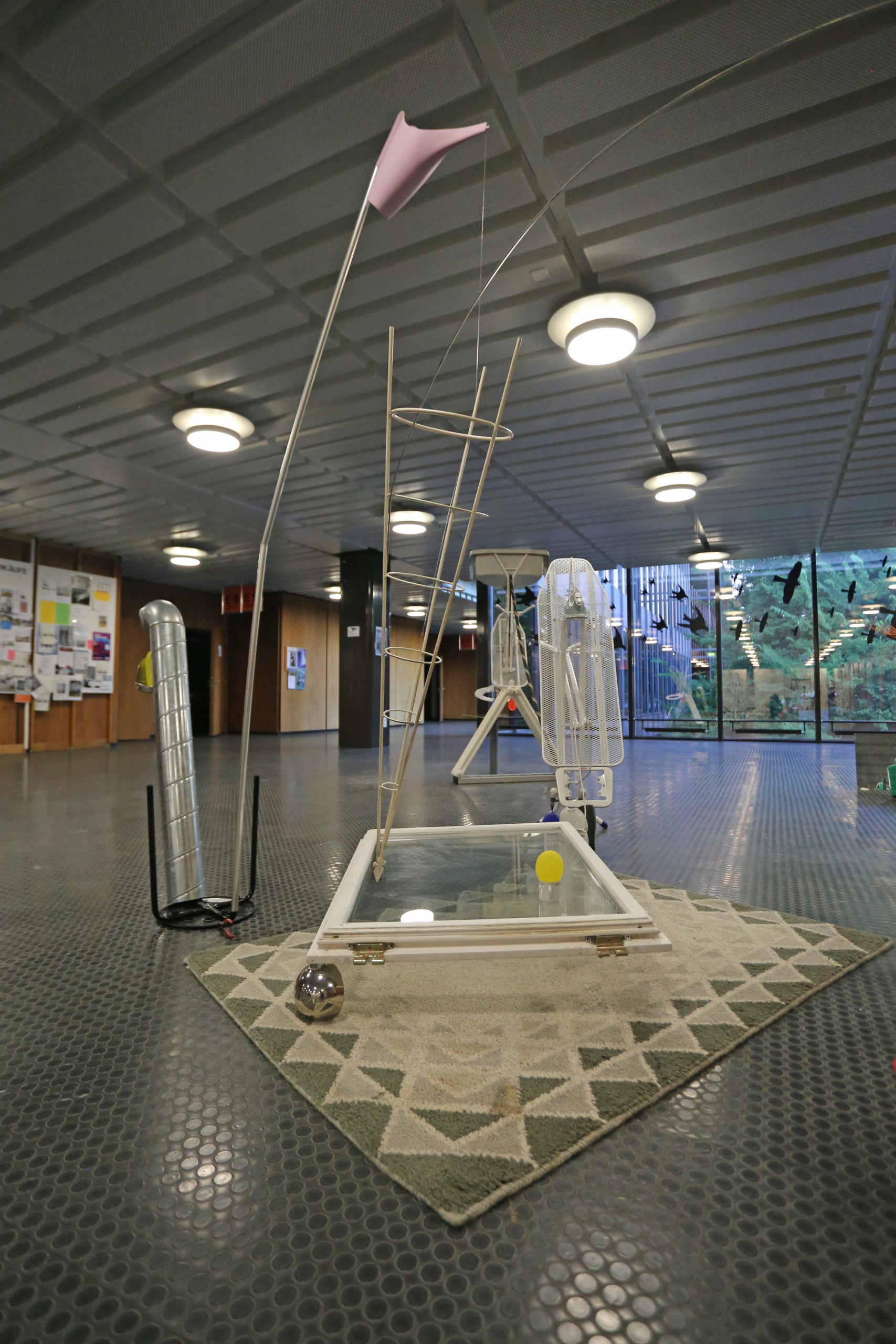
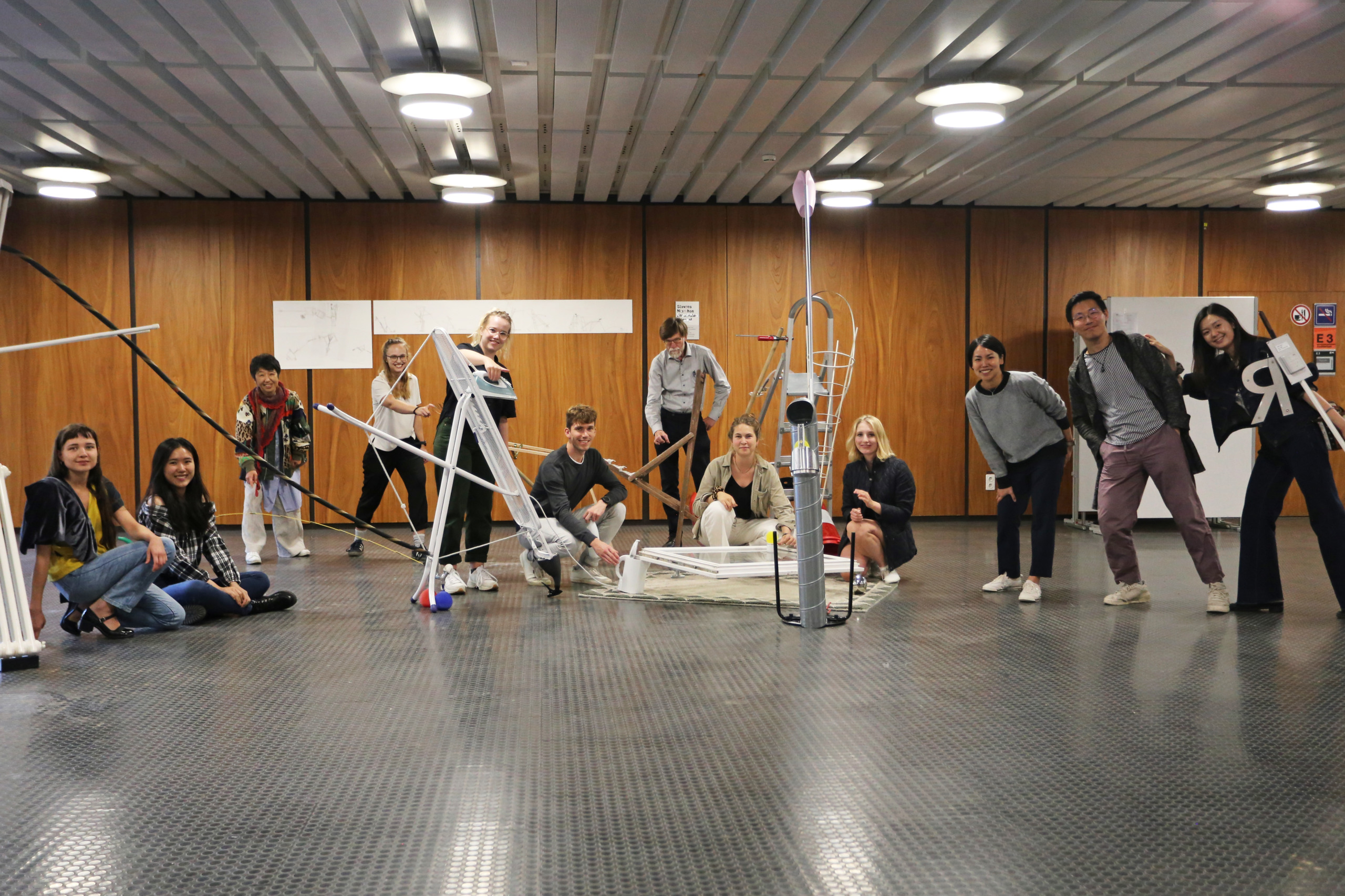
Sep. 16, 2022
